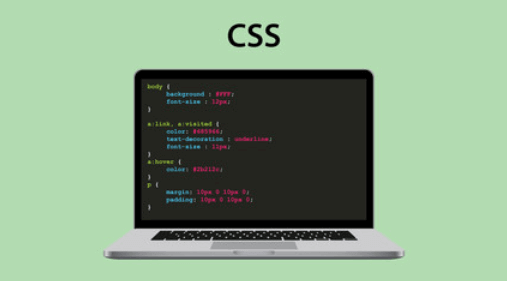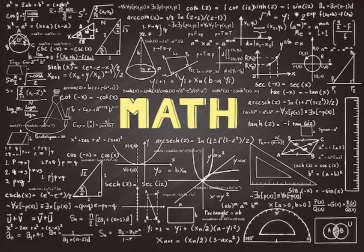Question
a.
{xy,xy}
b.
{xx,xy,yx,yy}
c.
{x,y}
d.
{x,y,xy}
Posted under Regular Expressions Formal Languages and Automata Theory
Engage with the Community - Add Your Comment
Confused About the Answer? Ask for Details Here.
Know the Explanation? Add it Here.
Q. Regular expression (x/y)(x/y) denotes the set
Similar Questions
Discover Related MCQs
Q. Which of the following is same as the given DFA?
View solution
Q. Which of the given regular expressions correspond to the automata shown?
View solution
Q. Can the given state diagram be reduced?
View solution
Q. L is a regular Language if and only If the set of __________ classes of L is finite.
View solution
Q. A language can be generated from simple primitive language in a simple way if and only if
View solution
Q. Which of the following does not represents the given language?
Language: {0,01}
View solution
Q. According to the given language, which among the following expressions does it corresponds to?
Language L={xϵ{0,1}|x is of length 4 or less}
View solution
Q. Which among the following looks similar to the given expression?
((0+1). (0+1)) *
View solution
Q. Concatenation Operation refers to which of the following set operations:
View solution
Q. Concatenation of R with Ф outputs:
View solution
Q. RR* can be expressed in which of the forms:
View solution
Q. A finite automaton accepts which type of language:
View solution
Q. Which among the following are incorrect regular identities?
View solution
Q. Simplify the following regular expression:
ε+1*(011) *(1*(011) *) *
View solution
Q. P, O, R be regular expression over ∑, P is not ε, then
R=Q + RP has a unique solution:
View solution
Q. Arden’s theorem is true for:
View solution
Q. The difference between number of states with regular expression (a + b) and (a + b) * is:
View solution
Q. In order to represent a regular expression, the first step to create the transition diagram is:
View solution
Q. (0+ε) (1+ε) represents
View solution
Q. The minimum number of states required to automate the following Regular Expression:
(1) *(01+10) (1) *
View solution
Suggested Topics
Are you eager to expand your knowledge beyond Formal Languages and Automata Theory? We've curated a selection of related categories that you might find intriguing.
Click on the categories below to discover a wealth of MCQs and enrich your understanding of Computer Science. Happy exploring!








